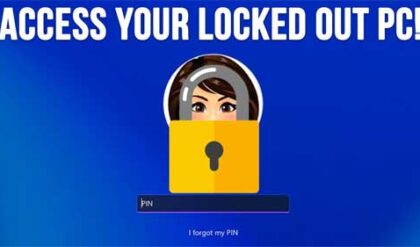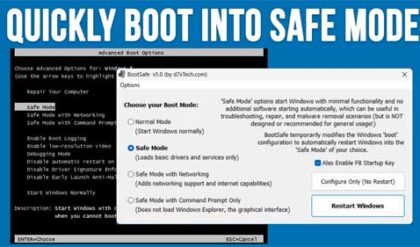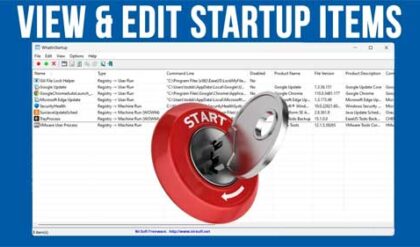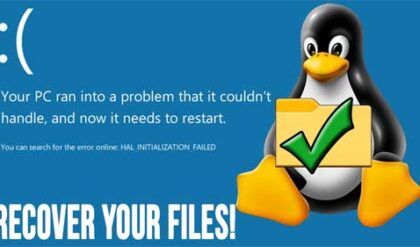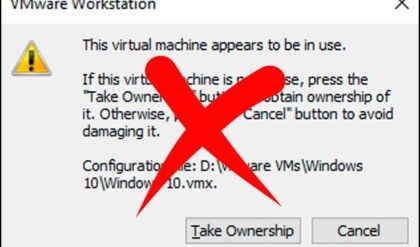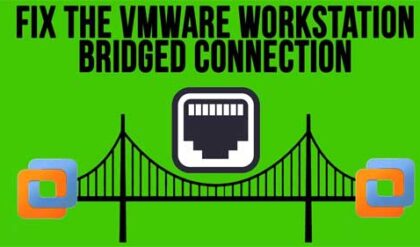There can be many reasons why your computer doesn’t want to boot up or takes an unreasonable amount of time to start up. It is impossible to figure out the cause without some troubleshooting on your part. Here we will inform you of possible causes and suggestions on how to fix these problems. You may have to try more than one method to figure out the cause of your slow boot up.
Possible causes:
Virus/Spyware
One of the biggest reasons for your computer to start slow or not at all are thanks to viruses and spyware. These infections can do many things to your computer that will affect the way it performs or make it so it doesn’t perform at all. You should always have virus protection installed and kept up to date. You should also run periodic system scans to make sure your PC is clean. It is also a good idea to have anti spyware software installed as well. For more information on viruses and spyware, check out these links.
Device Drivers
Another reason for your computer to havebooting problems is corrupt device drivers. A device driver is a piece of software that allows your hardware to work with your operating system. Sometimes this software driver can become corrupt and have to be reinstalled. Also keep in mind that the hardware itself can go bad and cause problems too.
Startup Programs
Programs that startup every time you boot your computer can have an effect on how fast your computer starts. The more programs your computer has to load the longer it will take to start. You should check these items and remove anything that you don’t need to run every time you boot your PC. Check out our msconfig section for details on how to disable these startup items.
Lack of Memory (RAM)
If your system does not have enough RAM (random access memory) it can cause it to boot up slow because it is relying on the slower hard drive to get the memory it needs. If you notice your hard drive light is always flashing then that is a good indication you are low on RAM. Having plenty of RAM will speed up your computer with everything you do.
Deleting the Contents of Your Prefetch Folder
You can delete the contents of your C:Windowsprefetch folder. The prefetch folder is used to help speed up the loading of programs by loading programs it thinks you might need. Its supposed to make your computer start faster by can actually slow it down. You can delete the contents of this folder as often as you like.
Fragmented Hard Drive
If you haven’t defragmented your hard drive in awhile, that could also have an effect on how fast your computer boots. Click here for instructions on how to do so.
Failing Power Supply
If your power supply is bad, obviously that would be a reason your computer won’t boot. It actually wouldn’t even turn on if your power supply was completely gone. But if you have a failing power supply then that can cause intermittent problems such as random reboots, your computer rebooting over and over or not at all.
Missing or Corrupt Boot Files
There are certain files that must be present when you boot your PC. These files are responsible for telling your computer what to do when it starts up and where to go to get the information it needs to boot the computer. If these files are missing or corrupt the computer won’t start. Fortunately if this is the case you will usually see a message telling you what is missing so you can correct it.
Bad Hardware
Faulty hardware can cause your system to hang when booting or not to boot at all. Unfortunately there is no easy way to tell what could be causing this. What you need to do is remove unnecessary hardware devices one at a time until you narrow it down. Anything from a sound card, to RAM to a faulty motherboard can be the cause of your computer not booting. PCs have beep codes that are designed to tell you what is wrong when you are starting your computer. Keep in mind that your computer performs just basic tests when it first starts and these codes won’t tell you if it is something wrong with your operating system or software. Check out our beep codes section for the common codes.
Things you can try to fix the problem:
Try starting your computer in Safe Mode. Safe mode will only load the minimal drivers necessary to start your computer and allow you to get into Windows to make the necessary changes to be able to boot into normal mode.
Boot with a boot disk or your operating system CD. You may be able to start your computer using a boot disk or Windows CD to get the computer going enough to repair any problems. You can also perform a repair installation of Windows to fix many problems.
Swap out hardware with replacement hardware. If you have access to anyone’s spare parts collection you may be able to narrow down any hardware related problems by swapping out your hardware for known working hardware.
Boot the computer into the last known good configuration which is accessed from the Safe Mode menu. This will start the computer with the settings that were used the last time it booted completely.
Perform a system restore from Safe Mode. This will roll back your Windows configuration to a previous saved state.

